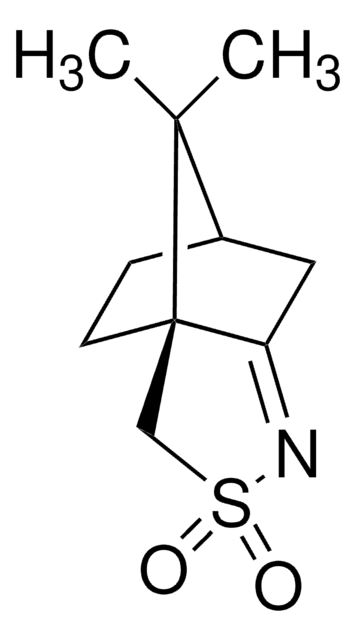V900539
Zimtaldehyd
Vetec™, reagent grade, 93%
Sinónimos:
3-Phenylprop-2-enal
About This Item
Productos recomendados
grade
reagent grade
product line
Vetec™
assay
93%
refractive index
n20/D 1.621 (lit.)
bp
248 °C (lit.)
density
1.05 g/mL at 25 °C (lit.)
SMILES string
O=C\C=C\c1ccccc1
InChI
1S/C9H8O/c10-8-4-7-9-5-2-1-3-6-9/h1-8H/b7-4+
InChI key
KJPRLNWUNMBNBZ-QPJJXVBHSA-N
¿Está buscando productos similares? Visita Guía de comparación de productos
Legal Information
signalword
Warning
hcodes
Hazard Classifications
Acute Tox. 4 Dermal - Aquatic Chronic 3 - Eye Irrit. 2 - Skin Irrit. 2 - Skin Sens. 1
Storage Class
10 - Combustible liquids
wgk_germany
WGK 1
flash_point_f
221.0 °F - Pensky-Martens closed cup
flash_point_c
105 °C - Pensky-Martens closed cup
Certificados de análisis (COA)
Busque Certificados de análisis (COA) introduciendo el número de lote del producto. Los números de lote se encuentran en la etiqueta del producto después de las palabras «Lot» o «Batch»
¿Ya tiene este producto?
Encuentre la documentación para los productos que ha comprado recientemente en la Biblioteca de documentos.
Nuestro equipo de científicos tiene experiencia en todas las áreas de investigación: Ciencias de la vida, Ciencia de los materiales, Síntesis química, Cromatografía, Analítica y muchas otras.
Póngase en contacto con el Servicio técnico









